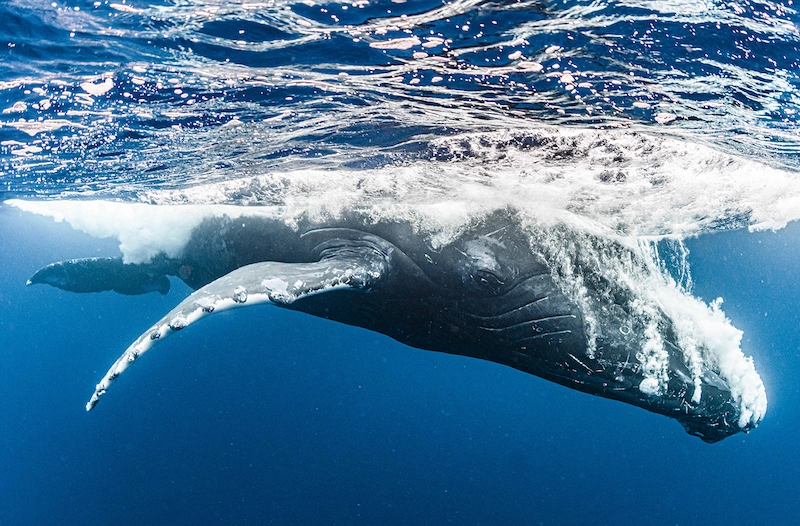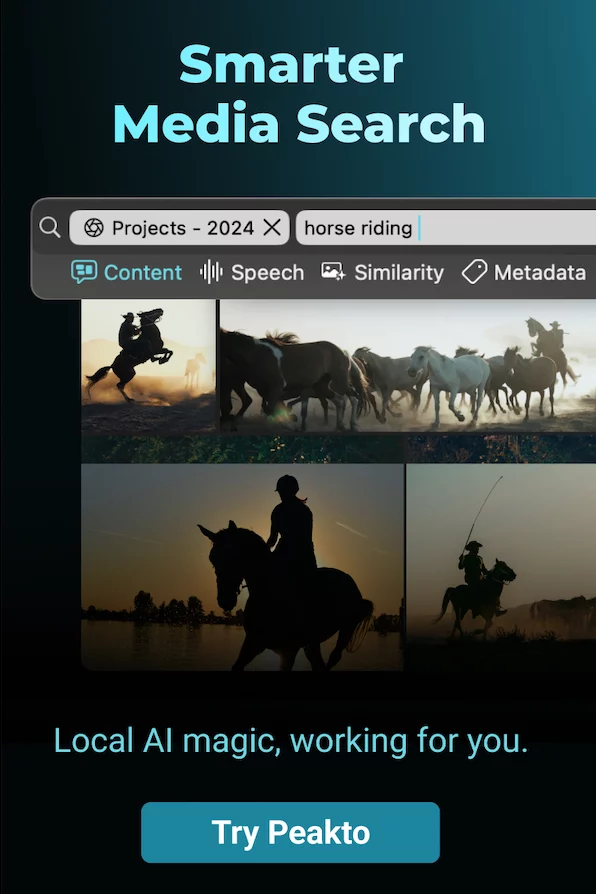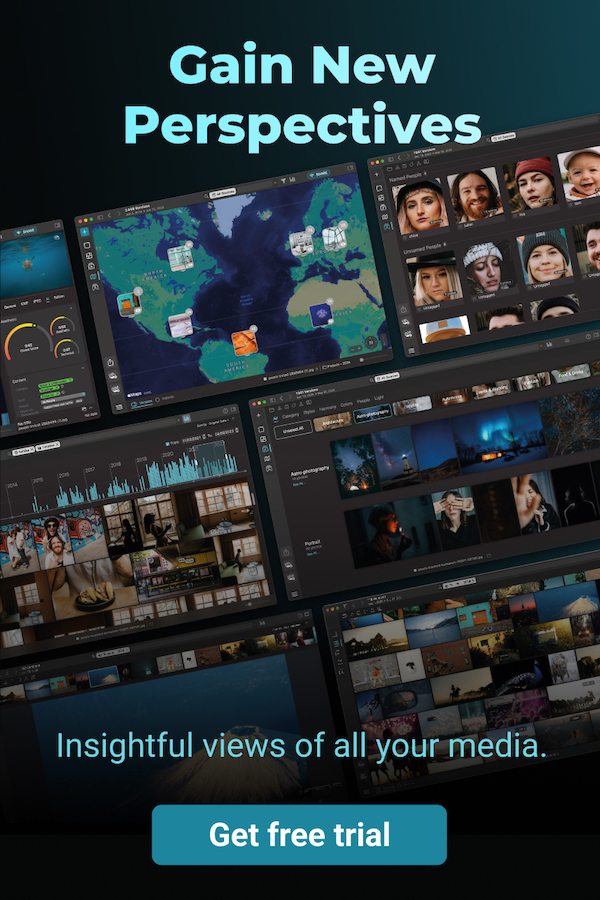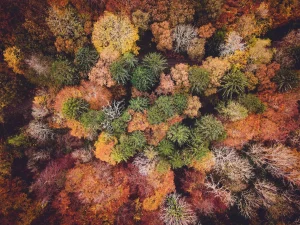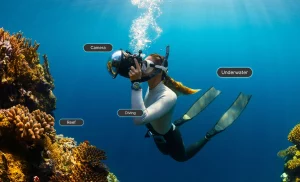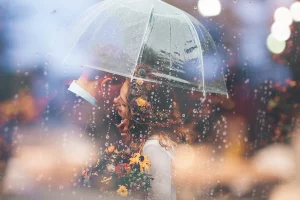Few places on Earth are still unexplored. The sea, its depths and its inhabitants represent one of the least known territories. It is a world that immediately fascinated Daisuke Kurashima from his first dive. Since then, he has specialized in underwater photography and shares his encounters with the incredible marine life. For CYME, he gathers his best advice on this very technical exercise that is underwater photography.
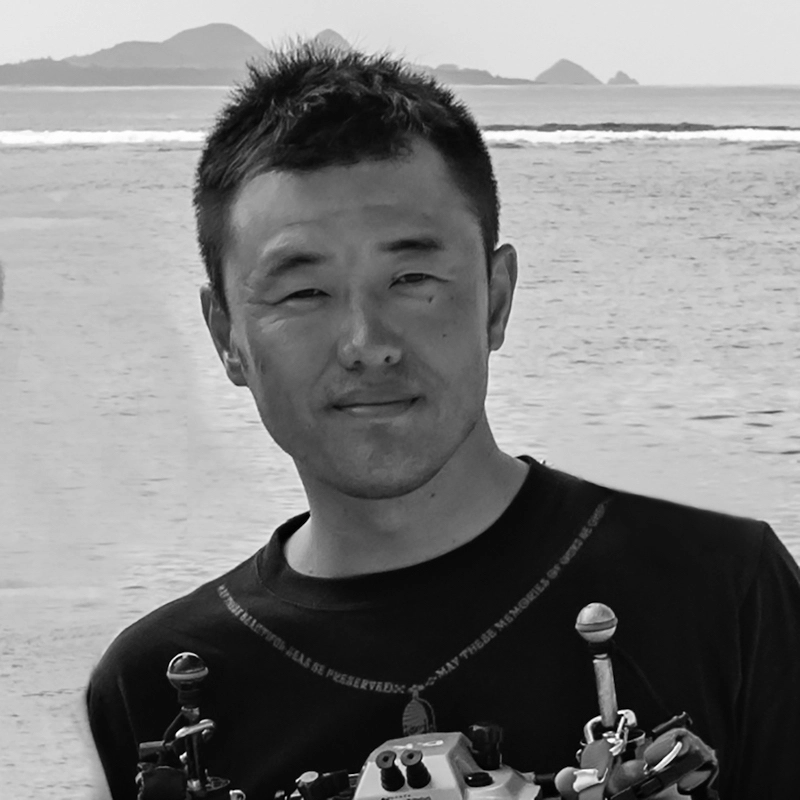
You are a specialist of underwater photography, especially of marine life. What made you want to start diving and taking a camera?
When I was 34 years old, I was on vacation in Miyako Island, Japan, and decided to try some leisure activities to pass the time, so I signed up for a diving experience. But at first, I could only dive halfway down because I couldn’t equalize the pressure in my ears. I was so frustrated that I was determined to try harder the next time. I was finally successful, and got my certification card. Once I learned to control myself under water–not only to move easily but to remain stationary as needed–the underwater world was a paradise!
Every time I dove, there was something new to discover, and I never got tired of it. After diving several times, I was motivated to start underwater photography because I wanted to capture a world that most people have never actually seen and make it my own. Now I want more people to know about this beautiful marine world.
“Every time I dove, there was something new to discover, and I never got tired of it.”

What fascinates you the most in the marine world?
It all comes down to biological diversity. Take my country, Japan, for example. Japan is an island nation with a long north-south axis and the Kuroshio Current running through it. Hokkaido is home to clione (small marine mollusks) and sea lions, while Okinawa is home to world-class coral reefs, hammerhead sharks, and manta rays.
In an island nation that is not very large, it is an amazing example of diversity that you can see completely different species in the North and the South.
Do you have specific methods to ensure encounters with these marine animals or is it just blind luck?
In order to encounter the desired species, it is important to know the weather and sea conditions of the habitat, know the ecology of the creature and approach the creature carefully so that it will not run away when I find it (however, I am very careful not to touch the creature).
If there is a professional dive guide in the destination area, I ask them to guide me. Since they dive in their area every day, they know everything there is to know about it.
However, even if I do everything just right, I still may not encounter the creatures I am looking for, and whether or not I can photograph them is another matter.
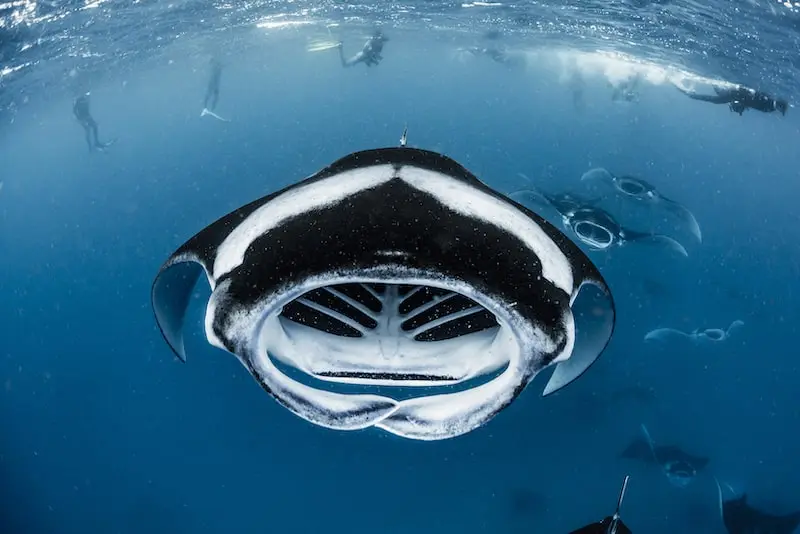
Which animal did you have the hardest time photographing? And on the opposite end of the spectrum, which one did you have the most luck with?
The most difficult undertaking was photographing tiny jellyfish attached to seaweed.
The jellyfish were only a few millimeters in size, and the seaweed was constantly moving, shaken violently by the waves, so it was challenging to capture the jellyfish in my viewfinder and focus on them precisely.
The luckiest instance was in an encounter with the humpback whales. A baby whale surfaced towards us and I was able to get close enough to reach out and touch it for a photo. It was so close I could have reached out and touched it! In fact, if we hadn’t dodged, we might have bumped into it.
Do you like Daisuke's interview?
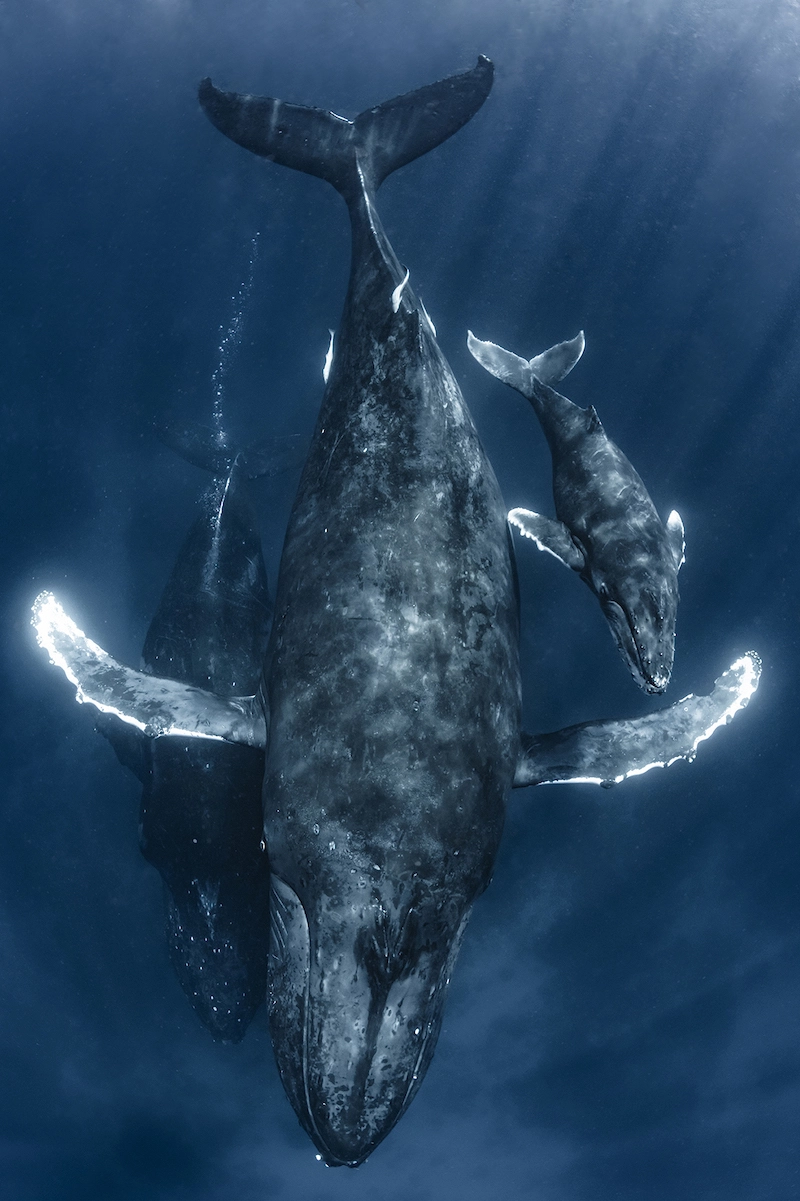
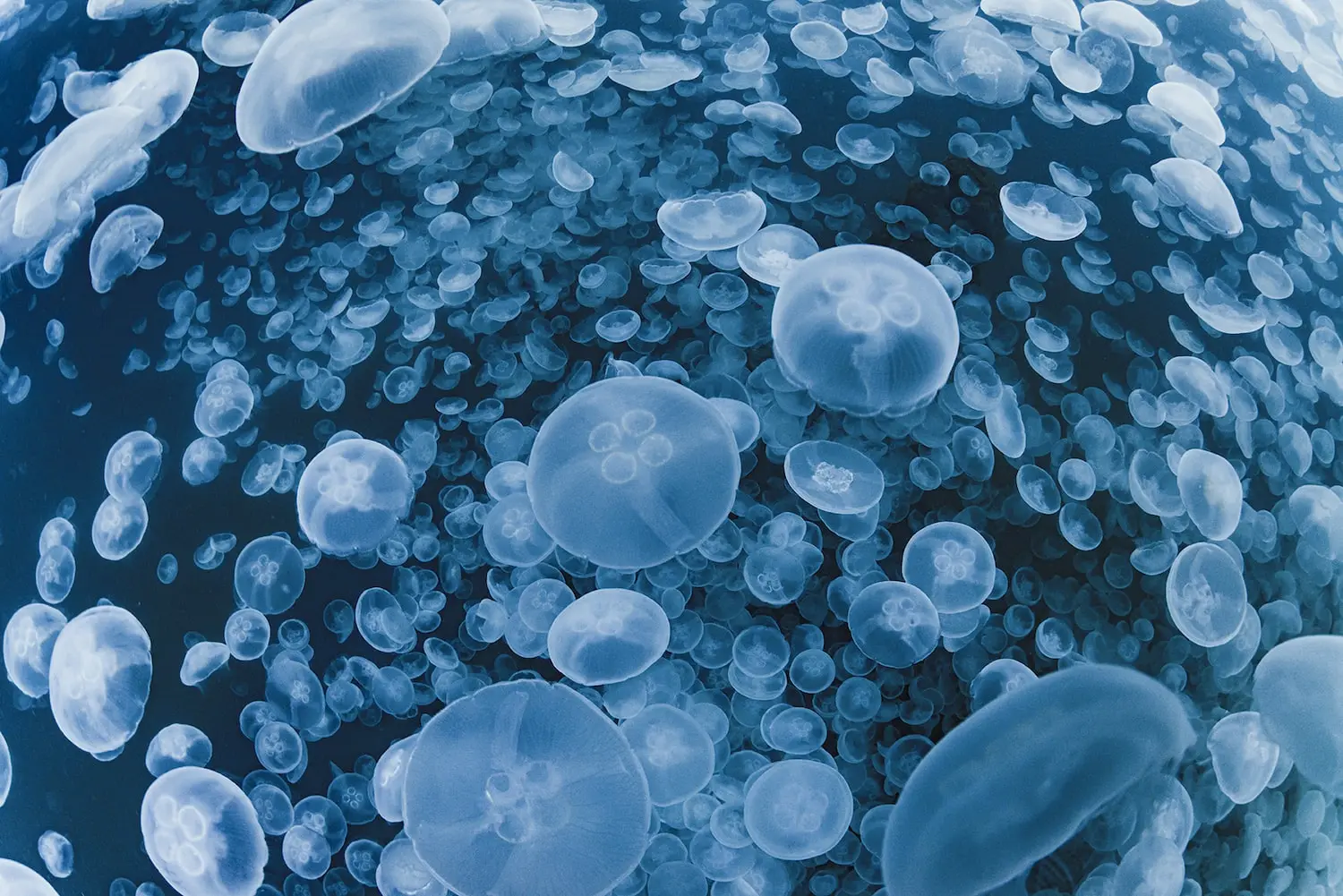
You explain that you started diving to escape the stress of your job. What did diving and underwater photography bring you?
Most of all, I think it instilled in me a sense of adventure and curiosity. The more I dived, the more I photographed, the more I discovered. It made me think that all the worries I had been having about work, etc., until then, seemed so trivial. The oceans of the world have their own characteristics, and no two oceans are the same.
Isn’t that an exciting thought?
“The oceans of the world have their own characteristics, and no two oceans are the same.”
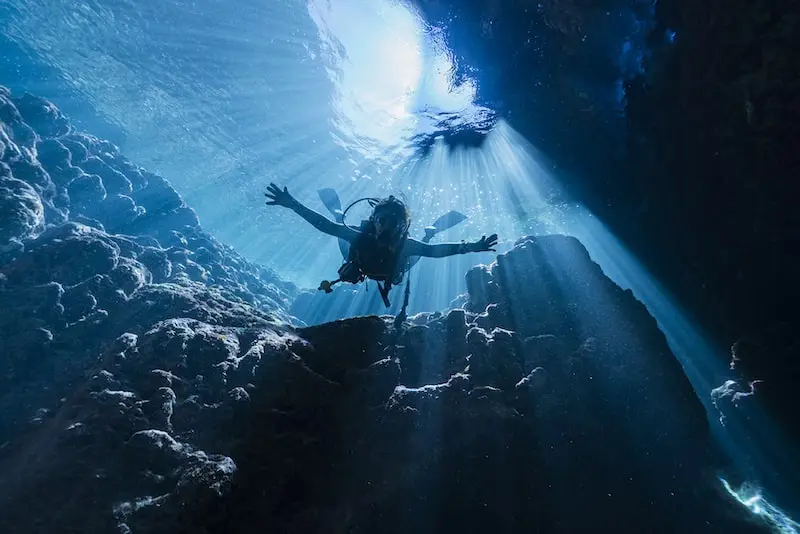
What are the constraints related to underwater photography?
The shooting time is greatly affected by the amount of air remaining. Scuba diving is limited by the amount of air in the tank, and skin diving is limited by lung capacity. Even when scuba diving with a tank of air on your back, you can usually stay underwater for only one or two hours.
During this time, you must reach the desired location, find and photograph the desired subject, and return home. The deeper the target depth, the faster the air consumption and the shorter the shooting time. And once back on land after the dive, you must rest for a while to prevent decompression sickness. Unfortunately, during this recovery time, the subject may move somewhere else and you may never see it again.
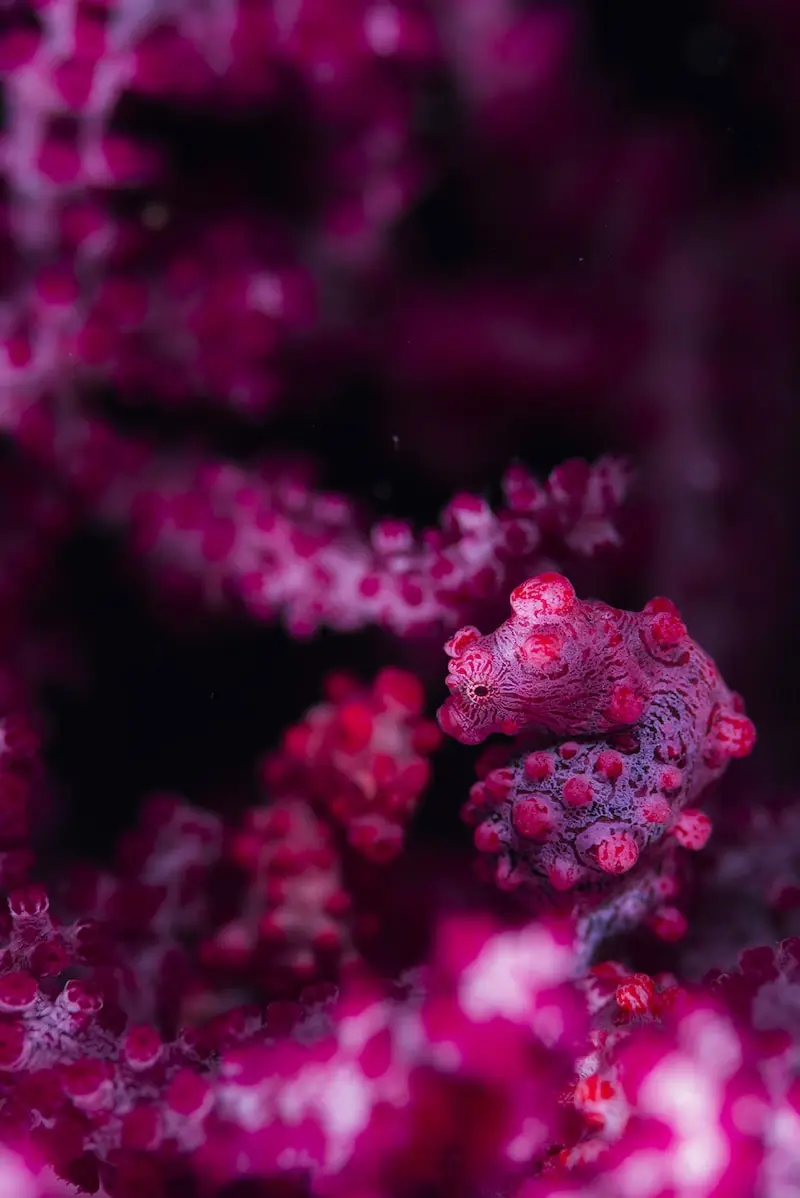
For each dive, are the weather, hydrostatic pressure, light, and composition determining factors to improve your shot of a subject?
Let me list a few elements necessary for underwater photography.
The first factor is light.
Unlike on land, sunlight is significantly attenuated underwater, so in most cases you will need to use an external strobe to bring out the colors of your subject. Shooting with natural light produces images with a bluish cast. However, strobes are generally prohibited for photographing dolphins and whales.
Next, composition.
Unlike on land, you do not need to stand on two legs underwater. You can take pictures from any position, so you can compose your shots as you wish. Because of this freedom, the range of your photography will expand. It can also be said that sensitivity is required.
Next, diving skills.
Simply being able to dive is not enough to take pictures. The most important thing is to control neutral buoyancy, the ability to neither sink nor float underwater. If you cannot do this, not only will you not be able to control your shooting, but you may also destroy the environment of the underwater life you are seeking to preserve.

What cameras and equipment do you usually use during a dive?
I use:
- The Nikon D850 and D800 for the body
- SIGMA 15mm F2.8 EX DG DIAGONAL FISHEYE
- AF-S NIKKOR 14-24mm f/2.8G ED
- AF-S Micro NIKKOR 60mm f/2.8G ED
- AF-S VR Micro Nikkor 105mm f/2.8 G IF-ED
These are placed in an aluminum housing case for shooting.
How do you prepare for your excursions? Do you do breathing exercises before diving? How far in advance do you plan your destinations?
I plan my destinations two to three months in advance. As the date and time of departure approaches, I become more sensitive to my physical condition. If there is a sign of rhinitis–any kind of cold symptoms–I will take medicine as soon as possible to get back into shape, as it will affect my ears, and hence, my ability to dive.
I also practice equalizing the pressure in my ears about a week in advance. I sometimes have trouble descending because one of my ears is always hard to equalize.

Which destination or ocean has captivated you the most and why?
This is Baa Atoll in Maldives, which I visited a few years ago. Large schools of manta rays come to Hanifaru Bay to feed on plankton. We can observe them by snorkeling. When I visited, I encountered a school of about 100 of them.
It was an overwhelming sight. I remember screaming with excitement–yes, even underwater! The sight of them swimming in train-like formation or spiraling is worth seeing at least once. It was truly amazing.
“The sight of them swimming in train-like formation or spiraling is worth seeing at least once.”
Does this interview inspire you?
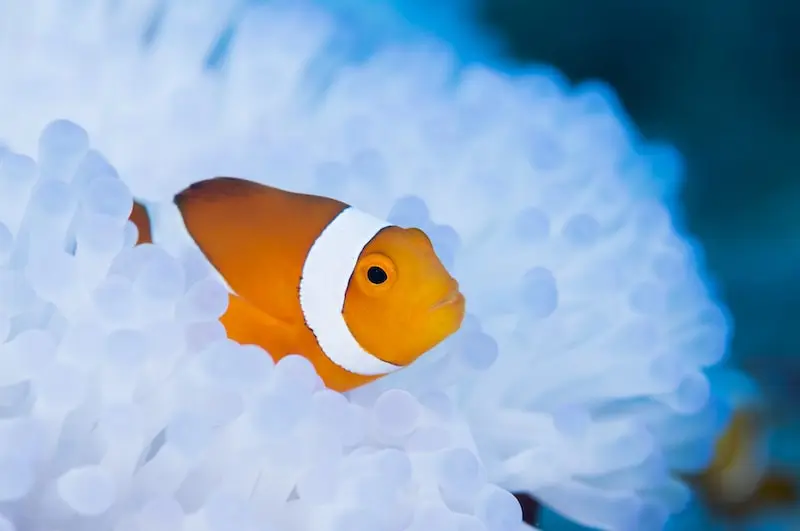
How do your photos resonate with the public? Does the allure of the marine world touch everyone? Or do you see different sensibilities?
The inside of the ocean is actually uncharted territory for most people. I think the most common reaction is surprise at something they don’t understand. I don’t know if it is possible to impress everyone, but I think the world has enough potential to do so.
Several species that you have photographed (blue whale, manta ray) are endangered species. What are your impressions on this subject?
I am very fortunate to be given the time to spend with endangered animals. I genuinely felt privileged when I saw a school of manta rays in Baa Atoll, Maldives.
Manta rays and whales have also suffered a drastic decrease in population due to overfishing by humans in the past. Learning from the past, maybe we shouldn’t set foot in their habitat. However, I believe that we cannot resist our fundamental desire to “see” and “know.”
Therefore, I believe that we can observe their ecology for a long time by following the necessary rules that have been established for this purpose, so as to protect their lives as much as possible.
“I believe that we cannot resist our fundamental desire to see and know.”

What are your sources of inspiration in photography? Or artistic in general?
As for photographers, I have been influenced by the work of David Doubilet, Paul Nicklen, or Greg Lecoeur.
I also get ideas on composition from movies and cartoons, or titles of works and the expressions that describe them from novels and business books.
Recently, I’ve even looked at some Western paintings. However, I do not look at others’ work to imitate, but for ideas and inspiration.
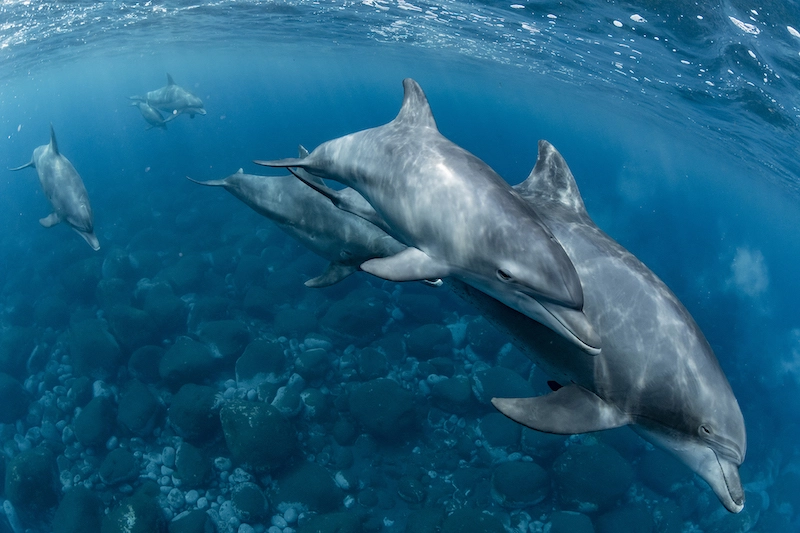
What kind of editing do you do on your pictures? What are your favorite softwares for retouching and organizing your images? Do you have a particular editing workflow?
I mainly use Adobe Lightroom and Photoshop for editing.
I use Lightroom to do common processing (exposure settings, noise removal, etc.) on multiple images, and Photoshop to do individual dust removal, color correction, etc.
I don’t do very complicated editing, but I always keep in mind that the iris density of the eyes differs from race to race. This is a task for which there is no correct answer, so I worry about it every time.
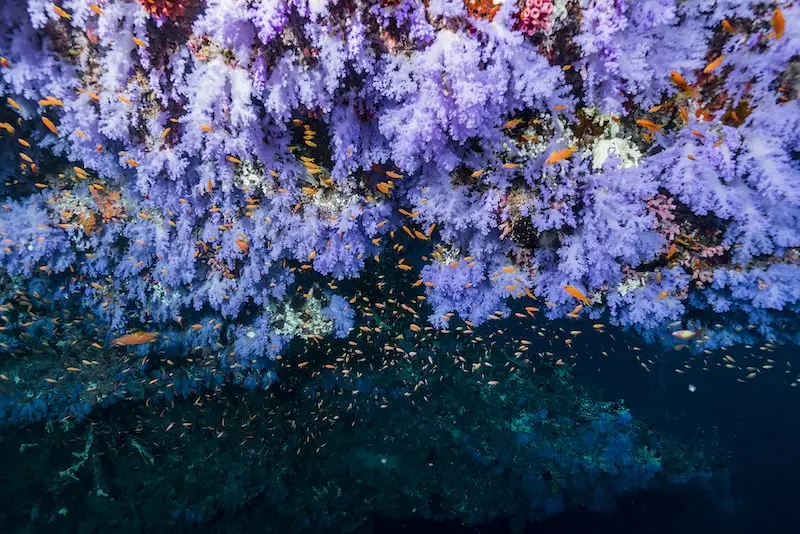
What advice would you give to a newcomer in the world of photography? Especially to those who want to try underwater photography?
It will be difficult to photograph without underwater attitude control. Learn to swim well. In the beginning, it is okay to imitate others. It is a matter of experience, both good and bad.
Get into the habit of reviewing your shots again and again. As the years go by, you will begin to see the work that really needs to be shown to the world.
In closing, I hope that more and more people will enter the world of underwater photography, not only to discover the joy and fulfillment it can add to their lives, but to share with the outside world the wonders of the world under the water.
